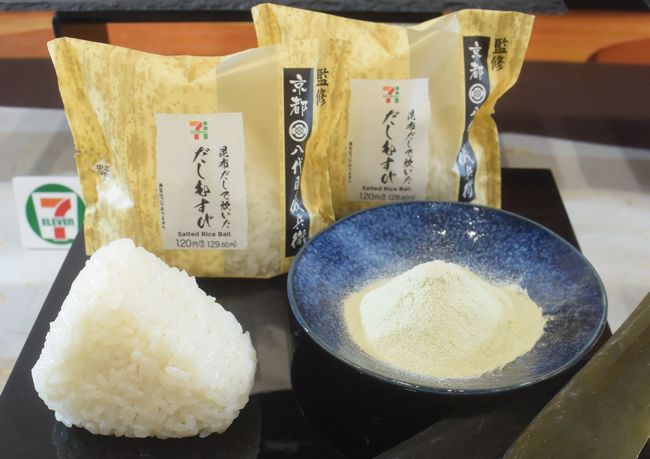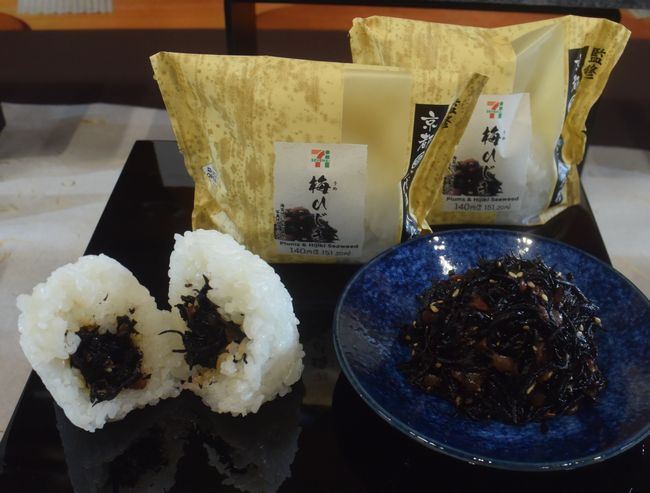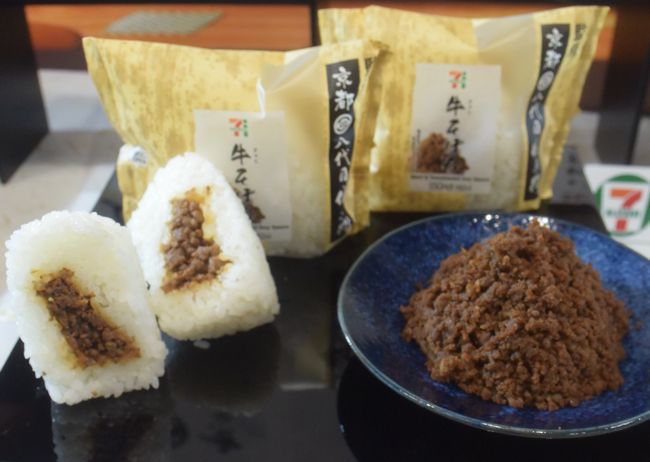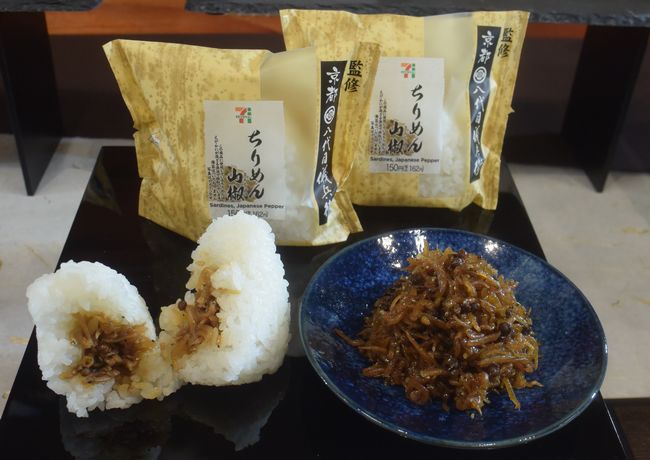
Seven-Eleven "Gihee VIII" supervised 4 rice balls
With the easy availability of delicious rice from all over Japan through the Furusato tax system and other means, and the advent of high-performance rice cookers, the environment for eating delicious rice at home has improved, and the company will promote product development to meet the higher expectations of customers.
First, on March 21, four "Kodawari Omusubi" products will go on sale, followed by a complete renewal of the Temaki-Onigiri line on April 18. After that, the company will use rice blended under the supervision of "Gihee VIII" for both temperature-controlled and chilled boxed lunches.
The characteristic of "Gihee VIII" is that the taste of rice differs from year to year, so they do not select rice based on the brand name of the producing region, but rather taste and purchase rice each year according to the season, and always blend rice rather than using a single brand to add depth to the flavor. The company has been pursuing the delicious taste of Japanese rice by refining four technologies: "connoisseurship" in selecting rice, unique "low-temperature milling" that preserves the sweetness and does not stress the rice, "blending technology" to create the most delicious blend for each application, and "rice cooking technology" to cook the rice to a delicious flavor.
There are more than 200 varieties of rice in Japan, but this time, Gihee VIII selected rice from 70 varieties used by 7-Eleven at its factories nationwide, and tasted more than 50 different blending ratios in 5% increments. The "8th Generation Gihei Hashimoto" is the best rice blend for rice balls.
Gihee VIII's main business is to provide restaurants with rice blends that best suit their menus. At a press conference held in Tokyo on March 15, President Hashimoto expressed his ambition to "work with 7-Eleven to create an environment in which Japanese people can enjoy eating delicious Japanese rice and to reduce the shift away from rice consumption among Japanese people to zero. He expressed his ambition to "work together with Seven-Eleven to create an environment where Japanese people can enjoy the taste of Japanese rice and reduce the shift away from rice consumption to zero.
The four "Kodawari Omusubi" products to be released on March 21 include "Dashi-musubi (dashi rice balls) cooked in kombu dashi (120 yen, hereinafter tax not included)," "Ume-hijiki (hijiki plum)" (140 yen), "Soboro (minced beef)" (150 yen), and "Chirimen-sansho (dried Japanese pepper)" (150 yen). Ingredients are chosen to enhance the taste of rice, and no nori (seaweed) is used.

Seven-Eleven "Dashi musubi cooked in kelp dashi under the supervision of Gihee VIII"

Seven-Eleven "Ginshari Omusubi Ume Hijiki under the supervision of Gihee VIII"

Seven-Eleven "Ginshari Omusubi Beef Soboro" supervised by Gihee VIII"

Seven-Eleven "Ginshari Omusubi Chirimen Sansho supervised by Gihee VIII"